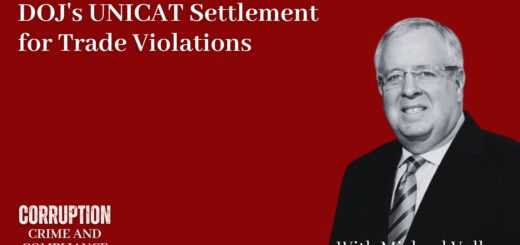Private Health insurance Fraud – Rooting Out Bogus Providers
 The United States spends over $2.81 trillion dollars on health care annually and generates billions of claims from millions of health care service and product providers. The vast majority of these providers of services and products bill multiple payers, both private and public.
The United States spends over $2.81 trillion dollars on health care annually and generates billions of claims from millions of health care service and product providers. The vast majority of these providers of services and products bill multiple payers, both private and public.
In 2012, the Medicare program covered more than 49 million elderly and disabled beneficiaries at an estimated cost of $555 billion, and reported improper payments estimated to be more than $44 billion – that is billion. In the coming years, continued growth in the number of Medicare beneficiaries and program spending will create increasing challenges for the federal government.
The battle against fraud in the healthcare system is complicated by the absence of information sharing among payers, both government and private insurers. For example, a health care provider may be billing Medicare, Medicaid, and several private health plans in which it is a network provider, and may also be billing other health plans as an out-of-network provider. When looking for fraud, each payer is limited to the claims it receives and adjudicates and is not privy to claims information collected by other payers.
In the battle to prevent and prosecute health care fraudsters, the industry and law enforcement have long recognized that it is much more effective to prevent fraud than pursue “pay and chase” investigations. “Pay and chase” investigations recover approximately 20 cents of every dollar, while fraud prevention investigations result in greater savings by avoiding improper payments.
One area where private insurance companies need to redouble their efforts is provider screening. Private insurance companies need to conduct preliminary due diligence before a provider can gain access and begin billing.
A bogus provider is a provider who may have National Provider Identifier numbers (usually stolen) and does not actually provide medication, equipment or services to any patient. Bogus providers usually establish a non-existent or fake office, use a post office box and then bill insurance companies for fraudulent medication, medical devices, and lab and medical services.
A due diligence program would flag new or existing providers who may, in fact, be bogus. New labs, pharmacies, durable medical equipment providers and physicians should be identified in advance, or at the time of submission of a claim.
The challenge is to create an effective screening program which identifies bogus providers while not diminishing beneficiary access to care or unnecessarily encumbering legitimate providers. Such a program should be built on different “levels” of provider screening based on the risk of fraud for that category of provider of medical services or equipment.
A proactive “due diligence” review of new providers could be designed based on specific risk factors. A second, more focused due diligence review, could be designed for those identified as high risk. Depending on the outcome of the due diligence process, the private insurance company could take immediate steps to flag the bogus provider before any services are provided, or if the provider already has submitted claims, the claims could be flagged for further scrutiny.
The initial due diligence screening would require that private insurers collect basic information (or organize the information if they already have the information) from a new (or existing suspicious) provider, including:
- Basic identifying information (name, address, contact information)
- License information (all states)
- Types of services provided (e.g. DME, pharmacy, lab)
- Background check using contact information, address and fingerprints, including credit check information
A risk ranking could be developed based on the initial information focusing on the types of services to be provided (e.g. DME suppliers would be at the high-risk end), nature of contact information, license information, financial information (debt, bankruptcies, collection agencies) and any other factors.
Relying on this risk-ranking, private insurance SIU investigators (or other staff) could conduct::
- In-person or telephone interviews (which could be unannounced)
- On-site visits or site verification (e.g. Google Earth)
 In addition to these steps above, the SIU investigators could work closely with payment analysts using bogus provider data to:
In addition to these steps above, the SIU investigators could work closely with payment analysts using bogus provider data to:
- Compare billings from bogus providers using same address or contact information (or other identifiers)
- Identify invalid contact information from an otherwise legitimate provider
- Identify Irregular or unusual payment methods or cash payment checks
- Billings for high volume services
- Billings for low-volume, expensive services or equipment
The above-described due diligence process could be modified depending on the circumstances. Each step of the due diligence process would be documented and retained. If a potential fraud situation is identified, the information could be shared with law enforcement.















